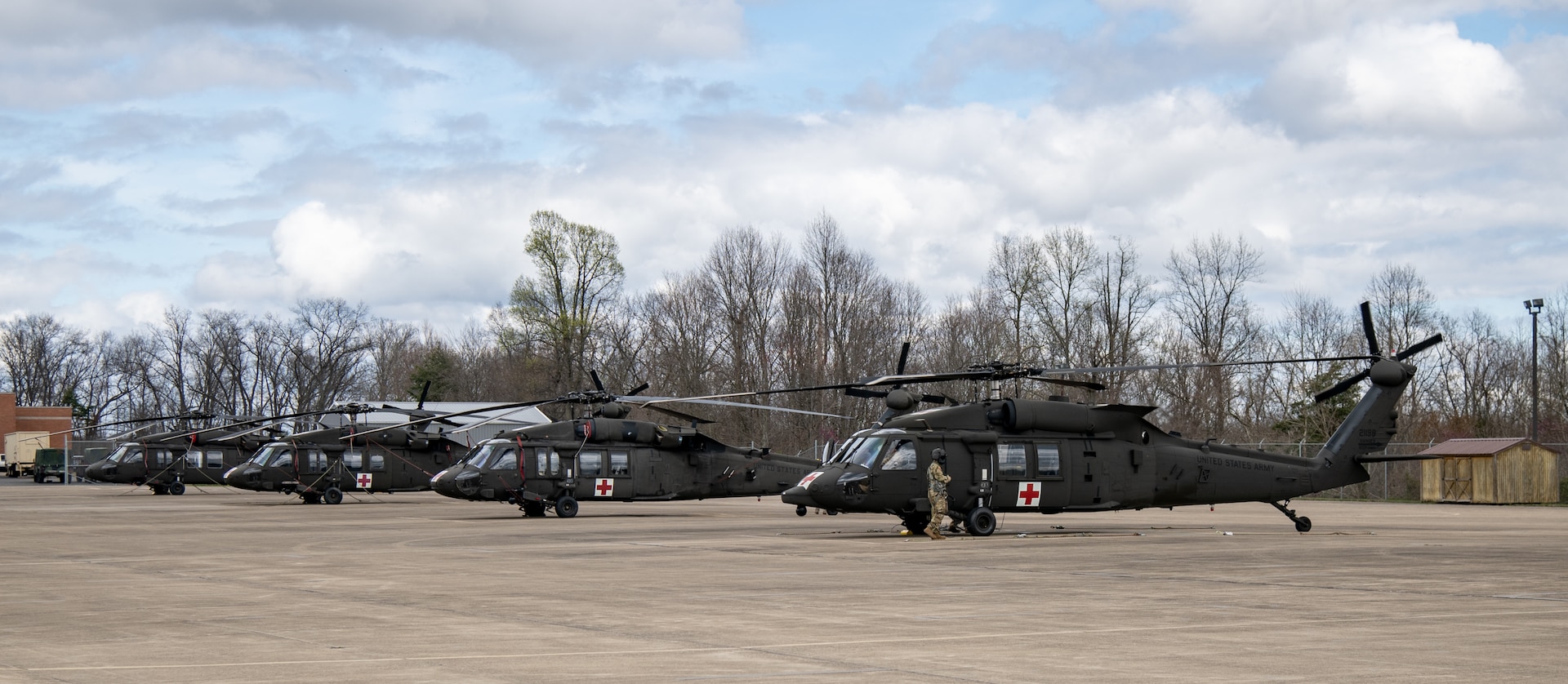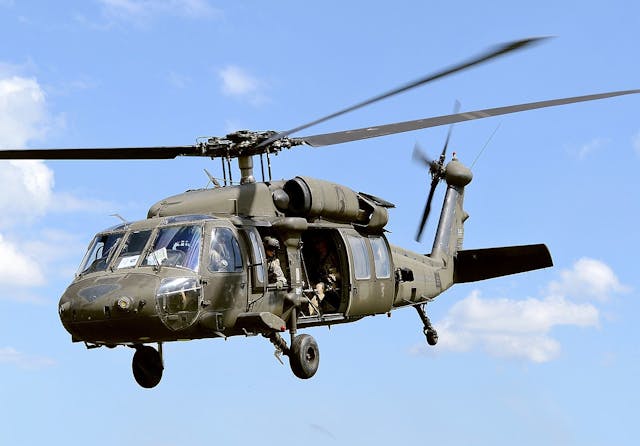History and Development of the UH 60 Black Hawk Helicopter
History and Development of the UH 60 Black Hawk Helicopter
Blog Article
The Influence of Sustainable Practices on the Future of Aircraft Workflow and Emissions Decrease
As the aviation industry deals with raising analysis over its ecological impact, the fostering of lasting techniques becomes a critical pathway towards future airplane operations and emissions reduction. Innovations in lasting aviation gas and improvements in crossbreed propulsion modern technologies stand at the center of this makeover, appealing substantial decreases in greenhouse gas discharges. However, the effective assimilation of these initiatives rests on a range of factors, consisting of regulatory structures and industry partnership. The question stays: just how will these developing techniques reshape the characteristics of air travel and add to a more sustainable future?

Introduction of Lasting Practices
Lasting practices in aircraft procedures incorporate an array of strategies targeted at minimizing environmental impact while maintaining functional performance. These methods are vital in the air travel market's commitment to minimizing its carbon footprint and adhering to international ecological requirements. Key initiatives consist of maximizing trip paths to decrease gas usage, enhancing maintenance protocols to make certain aircraft operate at peak effectiveness, and carrying out advanced technologies such as winglets and lightweight products that enhance aerodynamics.

Involving and educating staff on sustainability methods additionally play an essential role, promoting a society of ecological responsibility within companies. In general, the combination of these lasting techniques not only assists decrease discharges yet additionally enhances the long-term practicality of the aeronautics field, guaranteeing it meets the demands of both customers and regulatory bodies while adding to worldwide sustainability objectives.
Innovative Fuel Alternatives
Various ingenious fuel alternatives are emerging as pivotal services to decrease the aviation sector's reliance on standard fossil gas. Among these choices, Sustainable Aviation Gas (SAFs) have gotten considerable focus as a result of their potential to lower lifecycle greenhouse gas discharges by up to 80% compared to conventional jet gas. SAFs are originated from various feedstocks, consisting of waste oils, farming deposits, and even algae, making them a flexible choice for the sector.
Another encouraging option is hydrogen fuel, which, when made use of in fuel cells, produces only water vapor as a byproduct. Furthermore, electric propulsion systems are being discovered, leveraging battery innovation to power aircraft.
Lastly, biofuels originated from biomass are being investigated, using a renewable choice that can be mixed with traditional gas. Jointly, these ingenious fuel options stand for an important step towards achieving a lasting aeronautics community, straightening with worldwide exhausts reduction targets and boosting the market's environmental stewardship.
Technological Developments in Aviation

Exactly how can technological advancements improve the future of aviation? The combination of cutting-edge innovations is essential in changing airplane operations, improving performance, and minimizing exhausts. Advancements such as electric and hybrid propulsion systems go to the center, appealing substantial reductions in fuel usage and greenhouse gas exhausts. These systems leverage improvements in battery modern technology and power monitoring, making it possible for airplane to operate with a reduced ecological footprint.
In addition, the execution of sophisticated materials, such as light-weight composites, adds to enhanced the rules of aerodynamics and fuel efficiency. Using synthetic intelligence and artificial intelligence in trip procedures optimizes course planning and minimizes gas shed by enabling real-time adjustments based on weather and traffic problems. Additionally, the growth of autonomous and from another location piloted airplane systems stands to transform freight and traveler transportation, potentially enhancing efficiency while reducing human error.
Additionally, lasting aviation innovations, consisting of advanced air traffic monitoring systems, can streamline operations and reduce blockage, bring about you can try here reduced exhausts during trip. These innovations jointly stand for a standard shift in air travel, assuring a future where sustainability and functional effectiveness are linked, therefore sustaining the sector's dedication to lowering its ecological influence.

Regulatory Framework and Compliance
In light of the expanding focus on ecological stewardship within the aeronautics field, the governing structure controling airplane procedures is advancing to advertise lasting techniques. Governing bodies, such as the International Civil Air Travel Company (ICAO) and different national aviation authorities, are introducing stringent standards intended at lowering exhausts and improving operational efficiency.
These regulations usually include the adoption of Lasting Aviation Fuel (SAF), which has been recognized as a vital part in accomplishing lower carbon impacts. Additionally, compliance with these policies requires airline companies to carry out operational techniques and sophisticated modern technologies, such as optimized flight courses and improved air traffic monitoring, to decrease gas usage.
Furthermore, the enforcement of discharges trading plans and carbon countering initiatives is becoming increasingly prevalent, compelling airlines to check and report their emissions properly. Non-compliance can lead to significant charges, hence pressing drivers to prioritize sustainability in their organization versions.
Eventually, the advancing governing landscape not only drives technology and investment in eco-friendly technologies but also fosters a culture of liability within the aviation market. As these structures remain to create, the focus on sustainable techniques will be essential to attaining the field's lasting ecological objectives.
Future Patterns in Airplane Workflow
As the air travel industry adapts to an increasingly strict regulatory setting, future fads in airplane operations are set to concentrate on cutting-edge solutions that further enhance sustainability and efficiency - uh 60. Key growths will likely consist of the fostering of advanced air website traffic monitoring systems, which use real-time information and fabricated knowledge to optimize flight paths, lowering fuel usage and emissions
An additional significant pattern is the raised combination of sustainable air travel gas (SAFs) These choices to standard jet fuel, stemmed from sustainable sources, can significantly reduce lifecycle greenhouse gas emissions. The sector's dedication to SAFs will likely speed up as airline companies work together with fuel producers to make certain schedule and cost-effectiveness.
In addition, the press in the direction of electrification and hybrid propulsion systems look at here is getting energy. Arising airplane styles will incorporate these technologies, providing quieter and much more efficient operations, specifically for short-haul trips.
Verdict
To conclude, the assimilation of lasting practices in aircraft procedures holds substantial potential for exhausts decrease and enhanced performance. The fostering of sustainable aeronautics gas, combined with advancements in electrical and hybrid propulsion systems, is vital for reducing lifecycle greenhouse gas discharges. Maximizing flight paths and welcoming innovative technologies contribute to a quieter and more eco friendly aeronautics market. Collectively, these initiatives align with international sustainability goals and lead blog the way for a greener future in aeronautics.
Technologies in sustainable air travel gas and developments in crossbreed propulsion technologies stand at the center of this transformation, promising substantial decreases in greenhouse gas exhausts.Many cutting-edge fuel options are arising as pivotal services to minimize the aeronautics industry's reliance on standard fossil gas - uh 60. Amongst these alternatives, Sustainable Air travel Gas (SAFs) have actually gained considerable attention due to their possible to reduce lifecycle greenhouse gas emissions by up to 80% compared to traditional jet fuels.An additional significant pattern is the raised assimilation of sustainable aviation fuels (SAFs) The adoption of sustainable air travel fuels, combined with improvements in hybrid and electric propulsion systems, is necessary for minimizing lifecycle greenhouse gas emissions
Report this page